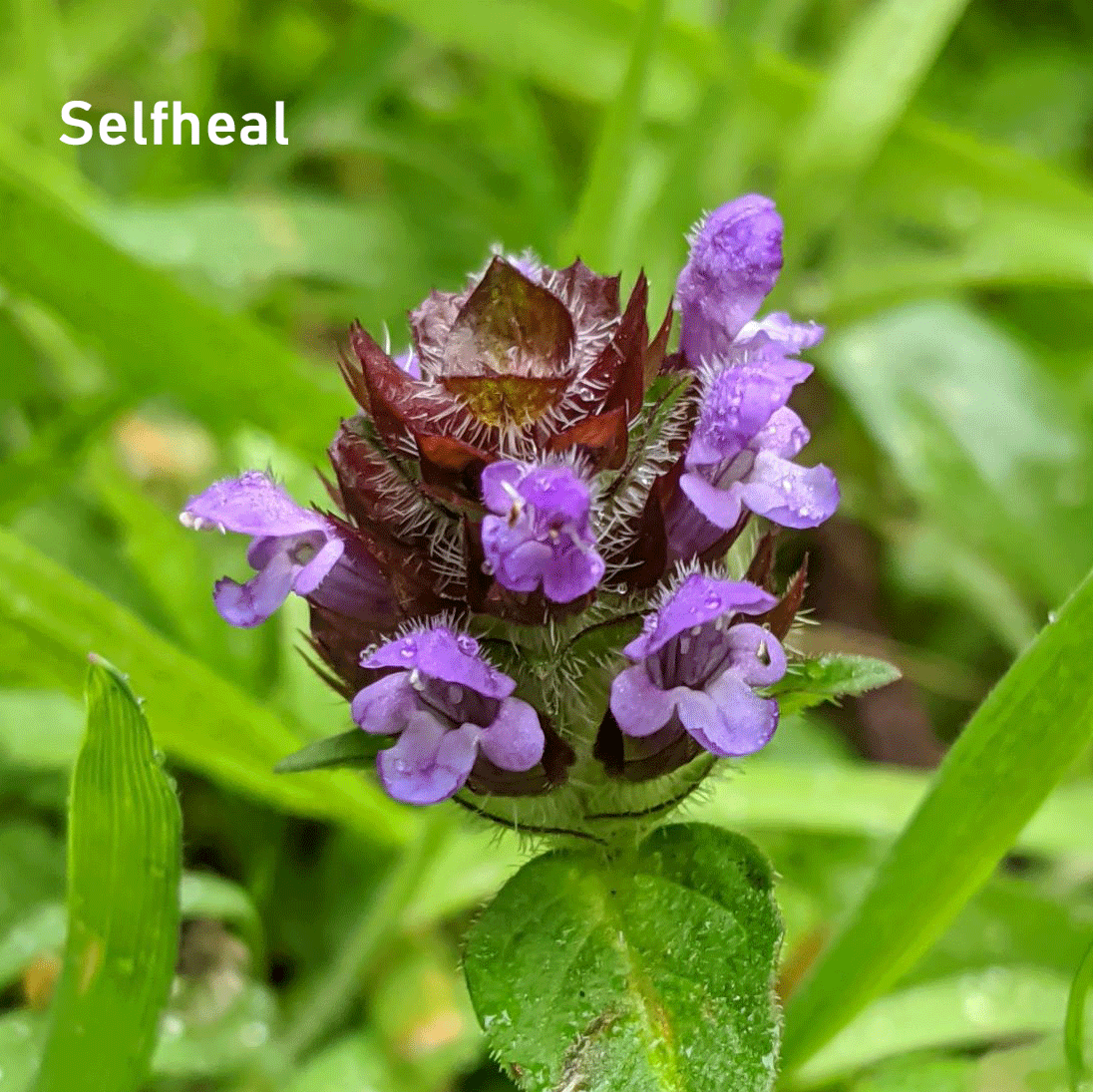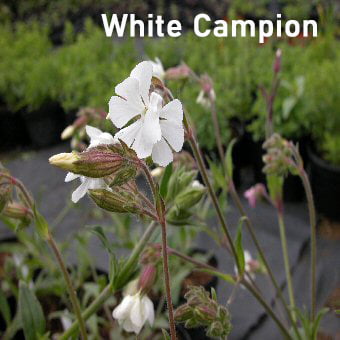Description
This Please Bee Seated place setting seed packet is a great, unusual place setting which also doubles up as a wedding favour – saving on your wedding costs! The seed packet is made from quality 115 gsm recycled paper and measures 9 x 12 cm. The seeds inside are British-grown British wildflower seeds that bees love, and, let’s face it, bees need all the help we can give them! The wildflower seeds are in a glassine paper sachet (not a foil and plastic one). Seed content and sowing instructions are printed on the back.
How to give us your guests’ names – Please email us a list after your have ordered, quoting your order number.
Not getting married for a while? The seeds are viable for a few years so just store them somewhere cool and dry out of direct sunlight if they are not to be used for a while.
What is glassine paper? Glassine paper is an eco-friendly and plastic-free alternative to mass-produced heat-sealed plastic and foil/paper sachets. Unlike those sachets glassine paper can be recycled and is biodegradable. It is also resistant to moisture and will keep the seeds dry in the main packet.
We love these seed packets and so will the bees – they are the bees knees, haha!
About the Seeds
This is a mix of wildflower seeds that bees are particularly fond of! The seeds are UK species and have been grown in the UK by a reputable seed grower, who is inspected annually by DEFRA and whose seeds are fully traceable. You will get about a gram or so of seeds, enough to create a 1 metre square wildflower patch.
The seeds will grow into Selfheal, Ox-eye Daisy, Lesser Knapweed and White Campion.






















